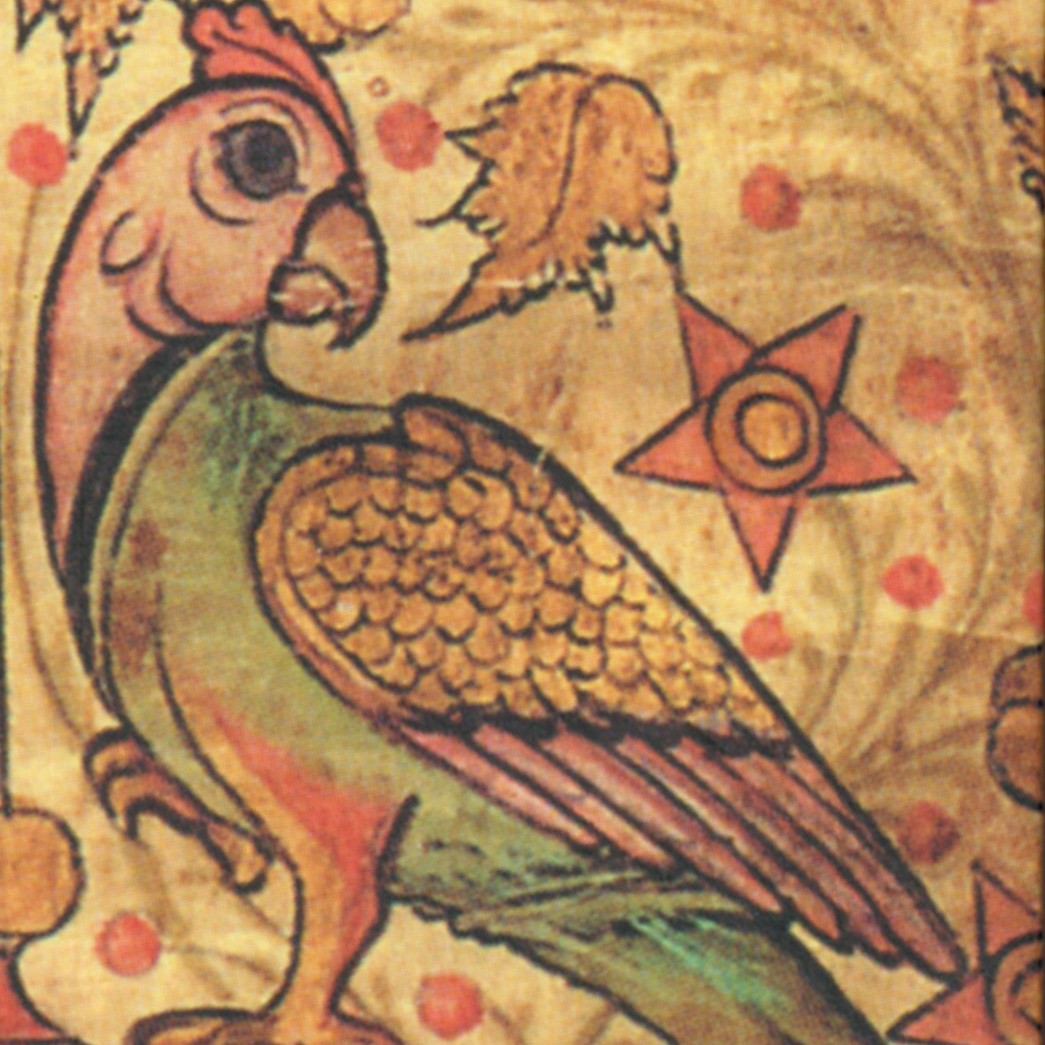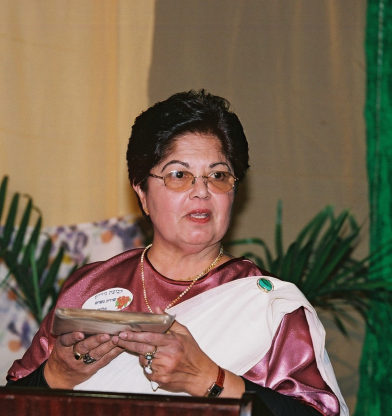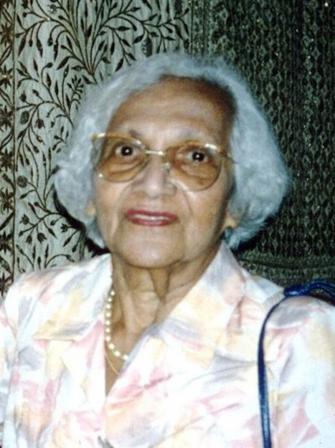1981/ 2006
14. The Paliat Achan Song
Two recordings: one by Ruby Daniel and Dolly Japheth, Kibbutz Neot Mordekhai, 1981, and the other by Venus Lane, Jerusalem, July 9, 2006. Both recorded by Barbara Johnson; I-41.
Taṭṭi muṭṭi pokunnatu ārěṭo paņikkanmārě
Panderaccanuṃ nāyanmāruṃ akaṃbaḍiyu
1. Tell me, workman, who goes there, with dashing, striking, beating drums—
Commander of twelve thousand troops, Nayar brigade, and bodyguards?2. To those who come from other lands—titles for foreigners,
Gifts, and charity he gives. Paliat Achan, he’s the one!3. Palur Paliat Achan—he is such a handsome one.
Komar Achan of Paliyam—Paliat Achan, he’s the one!
This song is not found in any of the Jewish notebooks but was recorded from memory in 1981 by Ruby Daniel and her aunt Dolly Japheth. In 1997, Ruby and her sister Rahel told me that its melody was the same as that of a non-Jewish Malayalam folk song titled “In Calicut a Tarakan [Merchant] Came,” describing both as children’s play-songs. For a clearer rendition of the Paliat Achan song, Venus Lane recorded it again in 2006.
In the search for community origins, Ruby Daniel and several other writers interpreted the song as reflecting a connection between the Chendamangalam Jews and ancient Palur. Ruby Daniel had heard the song from her mother, Leah Daniel, who may have learned it as a young child in Kochi, or perhaps during the time when she lived in Chendamangalam during World War II. At that time, the Daniel family rented a house owned by the wealthy Paliam family, whose head was the Paliat Achan, hereditary chief minister of the Kochi Raja. Ruby wrote that this leading family of the Nayar caste was “fond of the Jews” and “known for valor and for hospitality toward strangers who came among them”—as reflected in the second stanza—implying that the Chendamangalam Jews were among the “strangers” who settled there (Daniel and Johnson 1995, 80, 125–126).
P.M. Jussay (1986, 155) interpreted the first line of stanza 3 as a sign of connection between the town of Palur (where there was an ancient Jewish community) and the Paliam family of Chendamangalam (where Jussay himself grew up), though I have not been able to locate evidence of any historical connection between the Paliat Achan and Palur. Venus Lane gives an alternate translation of the same line: “Palur is very beautiful; equally handsome is Paliat Achan.” She suggests that in the final line, “Komar Achan” could be translated as “the youthful chief” or it might refer to a chief with the title “Komi Achan.” For a well-documented history of the Paliam family, see http://en.wikipedia.org/wiki/Paliath_Achan.[1]
__________________________________
[1] Accessed 4/19/2022.







